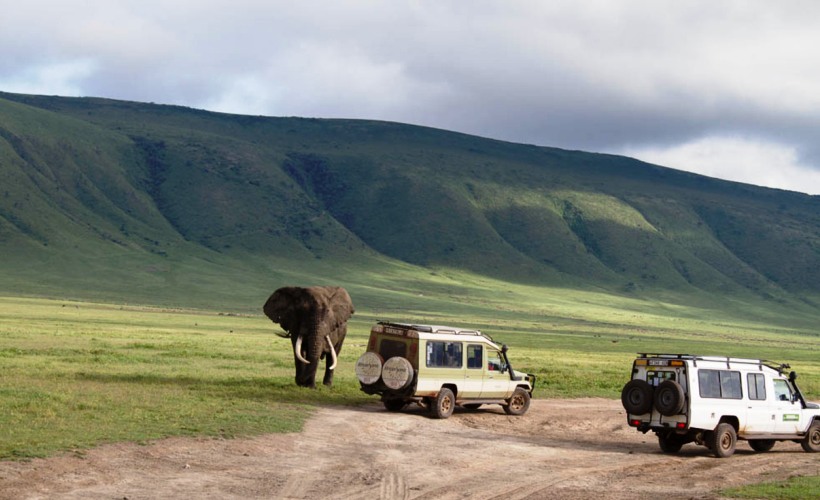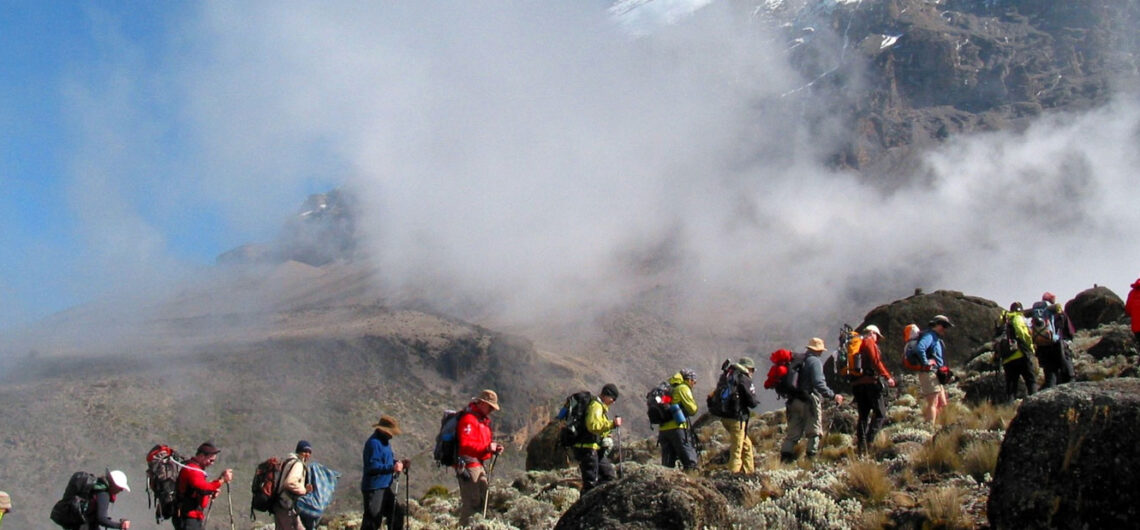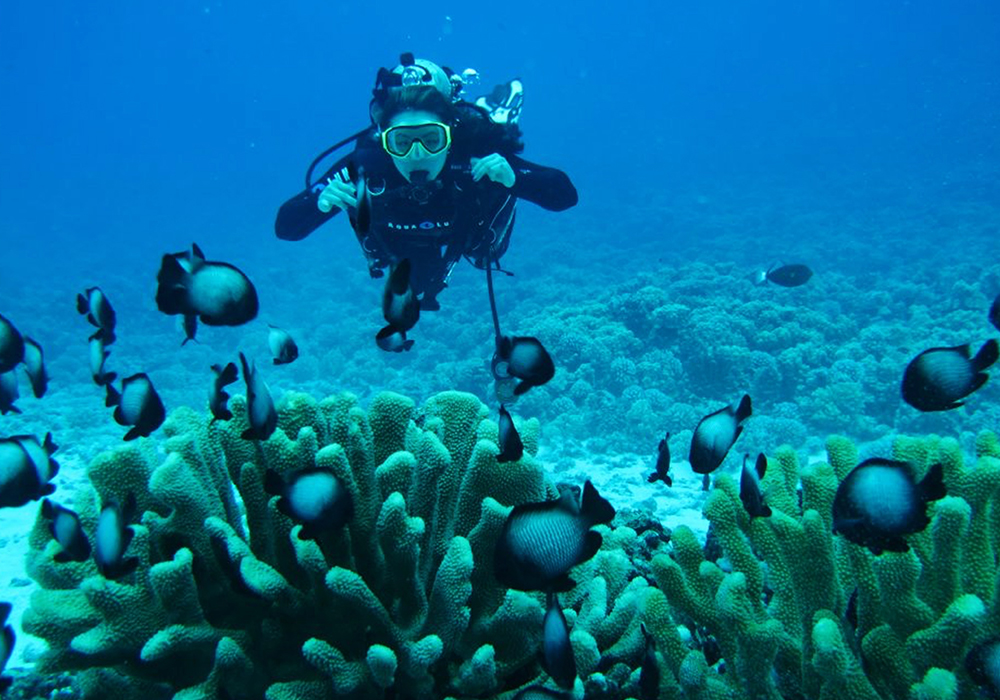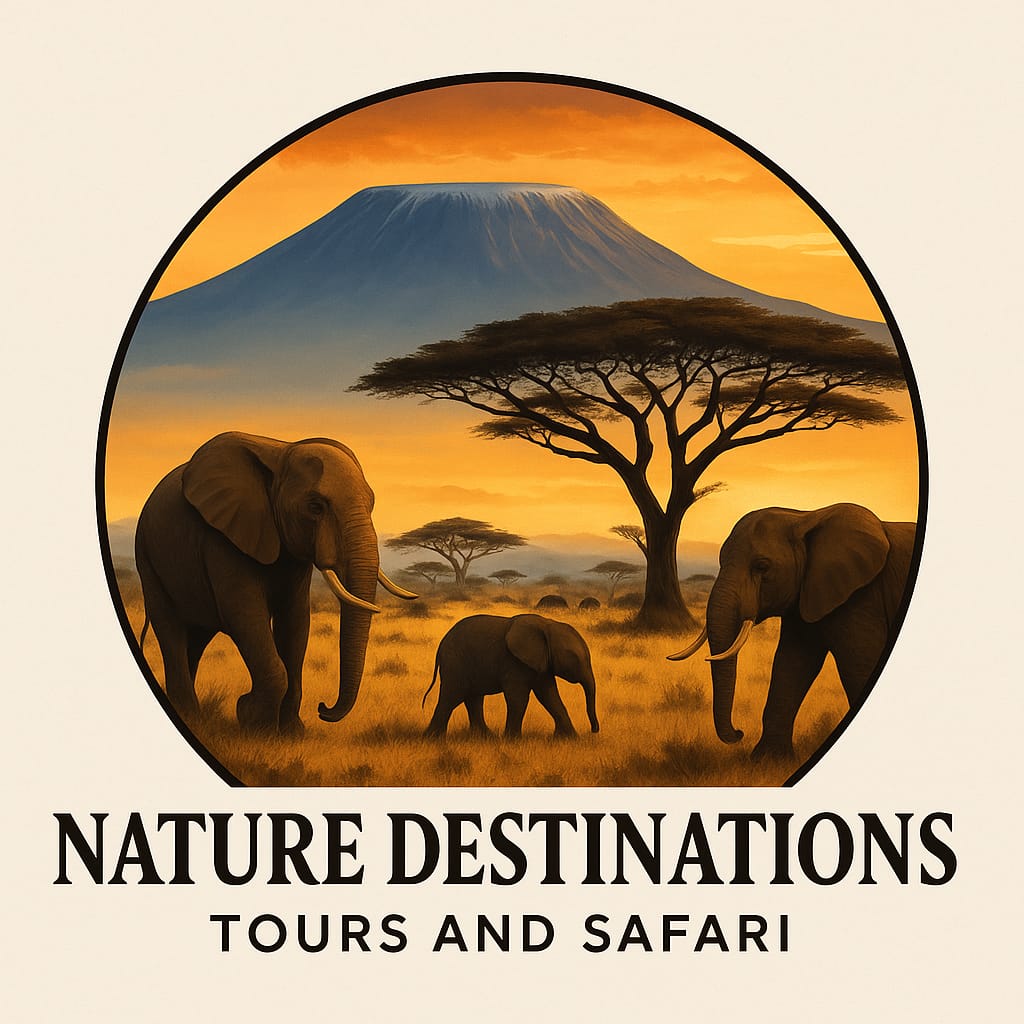Best Time to Visit Tanzania – With Nature Destination
Tanzania is a year-round destination, offering exceptional wildlife viewing, breathtaking landscapes, and rich cultural experiences throughout all seasons. However, choosing the best time to visit largely depends on your interests—whether it’s witnessing the Great Migration, climbing Kilimanjaro, enjoying a beach escape in Zanzibar, or going on a classic safari through Serengeti and Ngorongoro. At Nature Destination, we guide you to plan the perfect journey based on the timing that suits your travel goals.

The dry season, which runs from June to October, is widely considered the best time for wildlife safaris. During these months, the weather is cool and sunny with minimal rainfall. Animals gather around water sources, making them easier to spot, especially in parks like Tarangire, Serengeti, and Ruaha. The vegetation is also less dense, offering better visibility for photography and game drives. This season is ideal for first-time safari-goers and wildlife enthusiasts.

One of the most iconic events during the dry season is the Great Migration river crossings in the northern Serengeti, typically peaking in July to September. This dramatic scene of wildebeests and zebras crossing the crocodile-filled Mara River is a once-in-a-lifetime experience. If you’re traveling with Nature Destination during this time, we ensure you are positioned in the right location for the best viewing.
The short rainy season occurs in November and December. While rains are present, they are usually short-lived and mostly fall in the afternoons or evenings. This period is often referred to as the green season—a time when the landscapes are lush and vibrant, and the air is clear. Wildlife is still abundant, and prices are generally lower, making it a good time for travelers seeking fewer crowds and more value.
The long rainy season, from March to May, is the wettest time of the year. Many lodges in the Serengeti and remote areas temporarily close due to muddy roads and heavy rains. However, this season is excellent for birdwatching, especially in areas like Lake Manyara and Selous (Nyerere National Park), where migratory birds are in full display. It’s also a peaceful time to explore Tanzania’s coastal regions and enjoy cultural tours without the tourist rush.

For mountain climbers, the best time to summit Mount Kilimanjaro is during the dry months of January to mid-March and June to October. These months offer clearer skies, stable weather, and better trail conditions. Nature Destination offers well-paced, safe, and supported treks during these optimal periods to increase your chances of a successful summit.
Lastly, Zanzibar and Tanzania’s islands are best visited during the dry seasons, especially from June to October and December to February. These months provide perfect beach weather—sunny skies, warm waters, and refreshing coastal breezes. Whether you’re winding down after a safari or looking for a romantic getaway, our team ensures your beach extension is timed perfectly for relaxation and sunshine.

